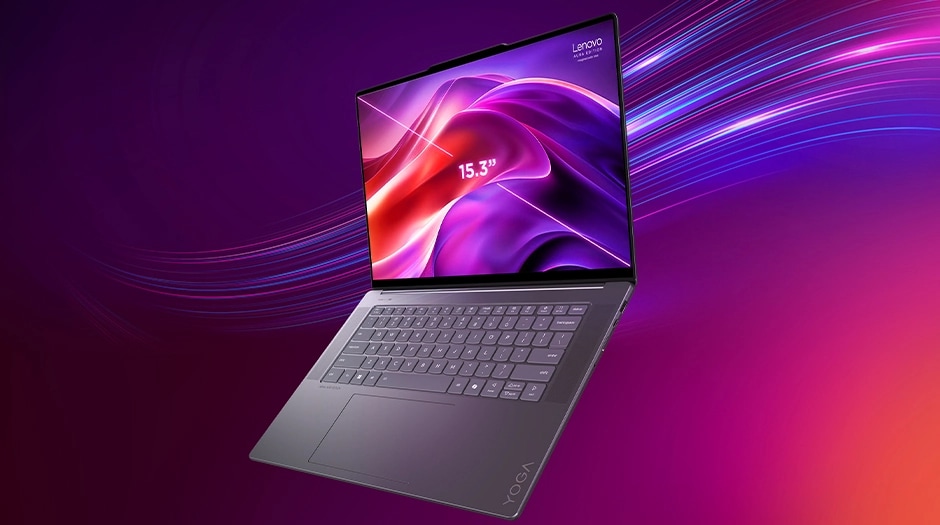Artificial intelligence is becoming a more important component of our cities’ futures every day. It is helping us build a smarter and more efficient society and has already proven to be one of the greatest gifts computer technology has given humanity.
According to estimates from the Capgemini Research Institute, intelligent automation at scale has the potential to save the utilities vertical, together with the energy industry, anywhere from $237 billion to $813 billion USD.
Let’s have a look at some use cases of AI in smart cities.
Top AI Use Cases in Smart Cities
1. Robotics and drone integration
Combining IoT and AI technologies with physical security reduces the workload for security staff and raises the prospect of AI-powered security robots replacing human law enforcement.
These robotic devices, with cutting-edge sensors and cameras, can patrol the streets of smart cities, identify possible dangers, and even stop crimes just by being there.
Human security guards are on standby in the interim and will only step in when circumstances warrant it. Drones can also be used to monitor public areas and warn security officers of possible threats to public safety.
For example, the guard can use smart AI laptops to identify people with facial recognition features and compare them to watchlists by analyzing video footage of cameras mounted on robots and drones.
2. Smart meters
AI-powered smart meters are transforming how cities manage energy, water, and gas consumption in real-time. These devices, powered by AI and machine learning (ML), are central to the development of smart industrial zones and cities, where efficient utility management is crucial.
Smart meters offer important insights into consumption patterns by monitoring and analyzing energy use through Internet of Things devices. With AI’s ability to automate power adjustments based on real-time data, cities can achieve significant cost reductions, enhance energy reliability, and minimize outages.
Additionally, these systems detect issues like leaks or unauthorized usage and predict demand surges, allowing for dynamic pricing and better resource conservation. As cities produce vast amounts of real-time data, AI’s role in optimizing utility management becomes even more critical in driving efficiency and sustainability.
3. Smart environmental monitoring
AI is changing environmental protection and monitoring. By utilizing sophisticated algorithms and data processing approaches, AI-powered PCs, laptops or other systems can offer important insights into air quality, water pollution, and other important environmental issues.
Imagine a city where you can instantly check the air quality index on your phone or AI PC. AI-powered sensors strategically placed throughout the city track pollutants such as ozone, particulate matter, and others.
When levels rise over acceptable thresholds, the AI system notifies law enforcement and issues public health advice, such as advising against exercising outside and promoting inside activities.
4. Smart parking area
Businesses like Pixevia have utilized AI to incorporate sophisticated algorithms and computer vision into a smart parking area.
Off-the-shelf cameras are being used to automatically enforce parking payment and duration, offer real-time information on space availability to clients and parking operators, and combine numerous sophisticated capabilities, including license plate recognition and pixel detection.
In addition to accurately estimating a car’s location, AI algorithms can forecast when parking will be used during the day or night.
Future driverless cars, which will be able to “speak” directly with garages and parking lots, will eventually be a great fit for this technology.
5. Waste management optimization with AI
AI is revolutionizing waste management through recycling promotion, trash reduction in landfills, and collection route optimization. This system analyzes massive volumes of data on waste creation, collection trends, and recycling rates to identify inefficiencies and enhance collection schedules.
This helps keep garbage out of landfills and cuts down on the amount of empty trucks and gasoline used.
Imagine garbage cans that are smart and have sensors to tell when they are full. The sensors send information to an AI system, which uses the trash levels in real-time to improve the collection routes. This guarantees prompt and effective garbage collection, lowers the number of empty vehicles, and saves gasoline.
6. Enhanced commercial chatbots
There are chatbots everywhere. It is impossible to discuss AI/ML use cases in any vertical without mentioning at least one chatbot that stands out as “unique.” However, there are a ton of them in the case of smart cities.
Customers can communicate with companies on their terms, using their chosen messaging service to make purchases or obtain the information they need.
Among these is Maven, an AI engine created by LivePerson that combines natural language processing (NLP), text- and voice-based interfaces, and actual human agents to manage conversational commerce engagements.
Last Words
AI is becoming a more important component of our cities’ futures every day. It has already proven to be one of the most beneficial tools that computer technology has given to humanity, and it is assisting us in creating a more intelligent and effective society.
AI can help cities create more equitable, sustainable, and resilient communities for their residents.
